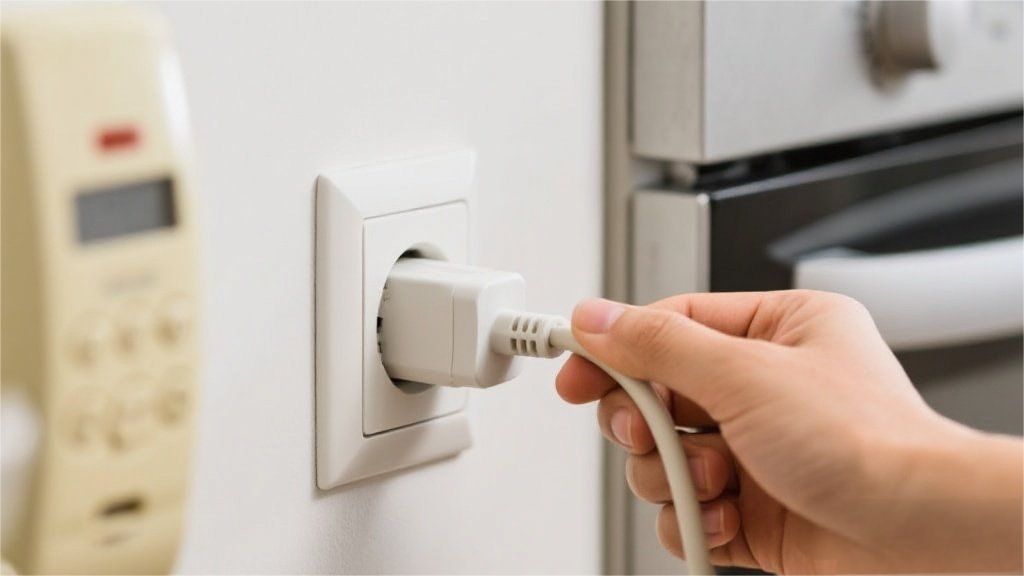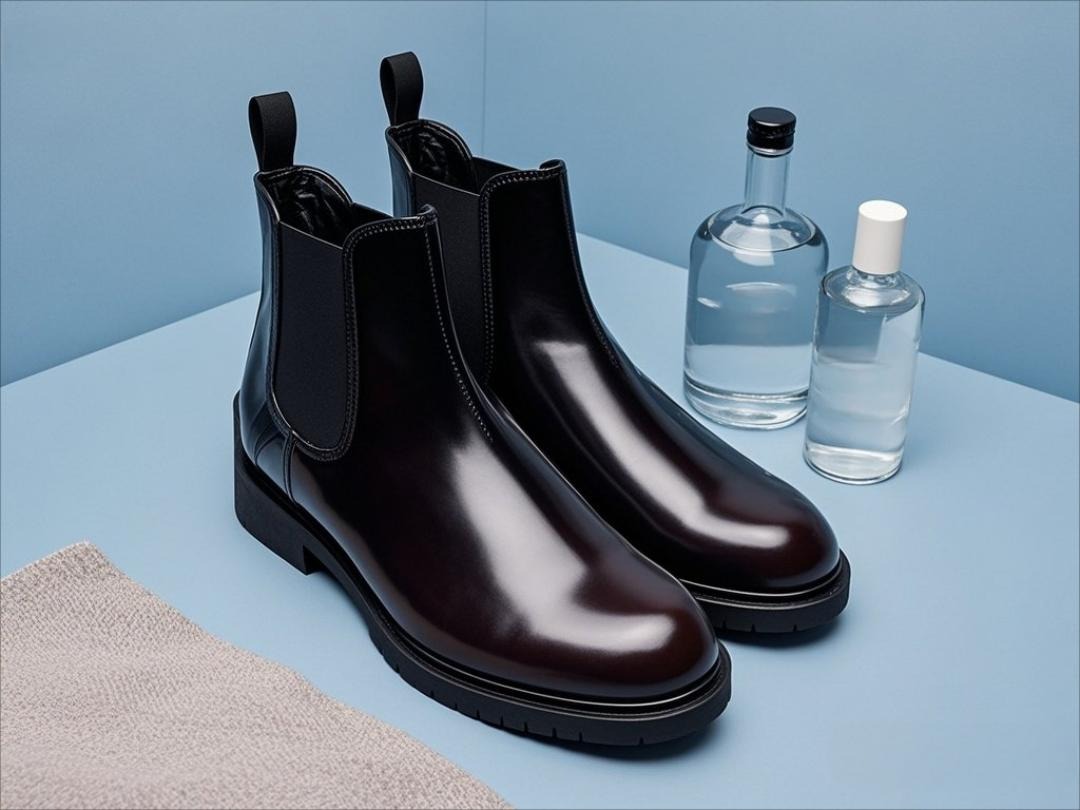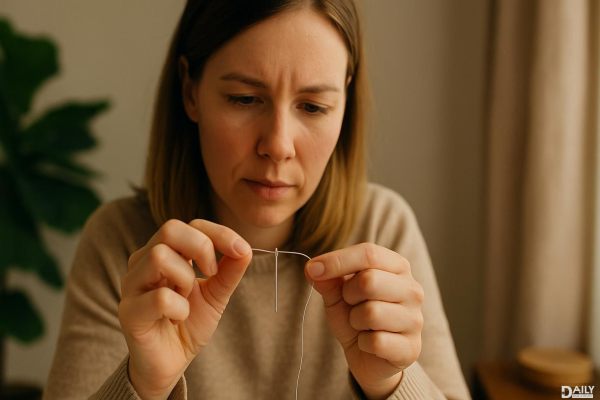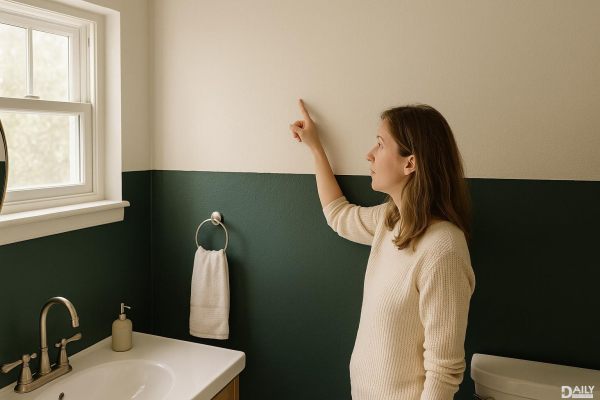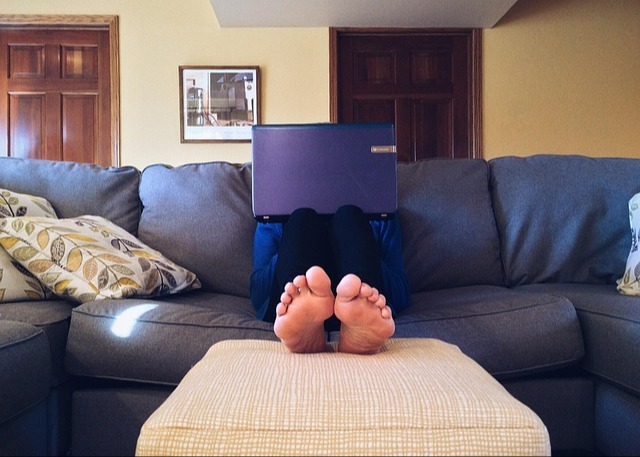Your pillow might look innocent, but it's basically a five-star hotel for dust mites, dead skin cells, and bacteria. Yeah, that fluffy thing you rest your face on every night is probably dirtier than your phone screen—and that’s saying something. But don’t panic just yet. A few simple tweaks to your sleep hygiene can turn your pillow from a microbial playground back into the cozy, clean sanctuary it’s supposed to be.
The Gross Truth About Your Pillow
Let’s break it down: Over time, your pillow collects sweat, oils, saliva, and dead skin cells—basically a buffet for dust mites. These microscopic critters thrive in warm, humid environments (aka your bed), and their waste can trigger allergies, acne, and even worsen asthma. If you’ve ever woken up with a stuffy nose or itchy skin, your pillow might be the culprit. And if you’ve had the same pillow for years? Well, studies suggest that up to 10% of its weight could be dust mites and their droppings. Yikes.
How Often Should You Wash It?
Pillowcases get washed weekly (hopefully), but the pillow itself? Most people forget about it. Down or feather pillows should be washed every 4-6 months, while memory foam or latex pillows need spot cleaning and occasional airing out. Synthetic pillows can handle a machine wash every 2-3 months. Pro tip: Check the care label first—some pillows are dry-clean only, and tossing them in the washer could ruin their structure.
Pillow Protectors Are Your New Best Friend
If washing your pillow feels like a chore, invest in a zippered allergen-proof protector. These create a barrier between you and the nasties, reducing dust mite buildup and making cleanup easier. Wash the protector every 1-2 months, and your actual pillow stays fresher longer. Bonus: They also help with spills and stains, so you won’t have to panic if you drool in your sleep (no judgment here).
When to Toss It Out
Even with good care, pillows don’t last forever. If yours is lumpy, permanently flattened, or smells funky no matter how much you wash it, it’s time for a replacement. Down and feather pillows typically last 2-3 years, while memory foam can go 3-5 years. Synthetic fills usually tap out around 1-2 years. A good test? Fold your pillow in half—if it doesn’t spring back, it’s officially retired.
Extra Hacks for a Cleaner Sleep
Want to go the extra mile? Try sprinkling baking soda on your pillow before vacuuming to neutralize odors. Sunlight is also a natural disinfectant—let your pillow bask outside for a few hours every couple of months. And if you’re allergy-prone, consider hypoallergenic pillows filled with materials like buckwheat or shredded latex, which are less hospitable to dust mites.
Bottom line? Your pillow works hard for you—return the favor by keeping it clean. A fresh pillow means better sleep, fewer breakouts, and less sneezing. Now go forth and give that thing the deep clean it deserves.
